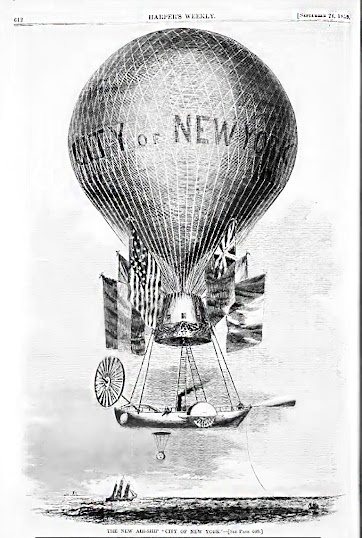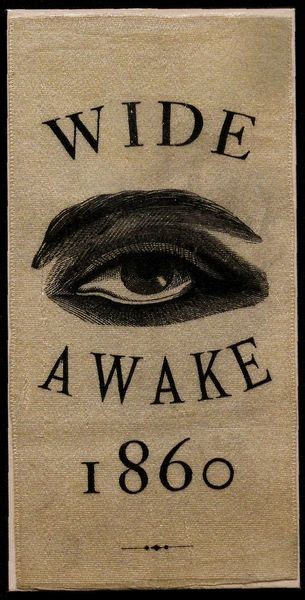The Cruel Sea
Coal driven steam engines powered ships across the Atlantic
now in one to two weeks. Under sail, it
generally took about six weeks to sail from New York to England or Europe. Steam
ships still carried a full complement of masts and sails both to provide
movement if the engine failed or to conserve use of coal. Running a paddle wheel on one side of the ship faster than
the other side allowed precise steering.
Newspapers
printed lists, not only of which ships arrived and which departed, but also
which ships had been “spoken,” that is, sighted at a particular time.
Despite
progress, hazards remained the same.
Storms and
hurricanes were unpredictable. Icebergs lurked in the far northern waters.
Ship travel
increased dramatically and so did the loss of life.
Demand for
better safety measures increased.
January 1, 1857 Baltimore newspaper
Dec. 9th, 1855
Supposed Loss of a Ship
With 500 Souls On Board--The fate of the ship Guiding Star, which has
been missing several months is now exciting the most painful interest and it is
feared that the worst has befallen her and her live freight. Under the command
of Capt. McClelland, an experienced seaman, she took her departure from
Liverpool for Melbourne on the 9th of January last, with upwards of 400
passengers or emigrants--men, women, and children, which with crew, officers
and seamen, made the whole number on board 500 all told.
The Life Car was
considered the ultimate lifeboat. A barrel was to be shot to shore carrying a
stout rope. The Life Car would then be
attached to the rope and hauled ashore.
The Life
Car from Harper's Magazine 1851
Harper's reported the
first design of the life car forced people to lie flat. A redesign allowed them
to sit upright. In both designs, there was no way for air or water to
come in and no way to see out.
In this old illustration the life car is barely visible,
so I circled it in red brown and circled the people pulling it ashore in blue.
Near Disaster of the Edinburgh
Ice bergs were another
hazard—the Titanic was by no means the first ship to hit a
berg and sink with great loss of life.
The ship Edinburgh hit an iceberg June 4,1859, and
barely made it to land.
A woman passenger
wrote her husband an account of the incident.
St.
Johns N.F. June 7 1859
MY DEAR HUSBAND—Since I parted from you, I have passed through
fearful peril, and never expected to see land again. We were steaming along
last Monday night at the rate of eleven miles an hour, through a dense fog.
About twenty minutes past eleven I was on deck, looking over the stern of the
vessel, and had just remarked to a fellow passenger that the air seemed
unusually cold and chilly. At that moment I turned around a fearful scene met
my view. Mountains of ice lay on the lee side of the steamer. It was so
foggy we could that we could not see fifty feet around us; and though the
vessel’s head was immediately turned we passed so near the iceberg I could have
thrown an apple upon it. We said that was wonderfully narrow escape, and
thought that we were safe, when suddenly there was a cry, “The ship is
sinking!” All the boats, eight in number, were cut loose, and furnished
with blankets and provisions. We were about one hundred and seventy miles from lane
at that time. The passengers and crew were distributed in watches of two hours
each, and thus worked for thirty hours. The women also worked, and among
others I helped at the pumps for three hours without stopping. The captain was
as calm as though nothing was the matter. We passed a dreadful night. We were
all numbered for the boats, to which at any hour to be forced to enter. The
rain came down in torrents, and the ship labored so we thought every moment it
would sink. At last, to our great relief, the day dawned, and at eleven o’clock
the fog, which had all the time continued, cleared away. The captain then took
an observation and found we were about forty-seven miles from land. There
were no more icebergs visible. About four o’clock our signals for a pilot were
answered and at seven o’clock we reached St. Johns.”
Life Boat services
were set up along the American and Canadian coasts. In fact, Dorothea Dix, the
tireless advocate for the mentally ill, contributed money and time to update lifesaving
gear in Nova Scotia after a brief visit there in the1850s. Dix was soon
gratified to hear from a woman who wrote to say her son had been saved by that
same equipment the day after it was put in service.
Life saving services of all sorts were in demand. Below, clippings from a New York newspaper December 31, 1849 listing ships known lost that month.


















Comments
Post a Comment